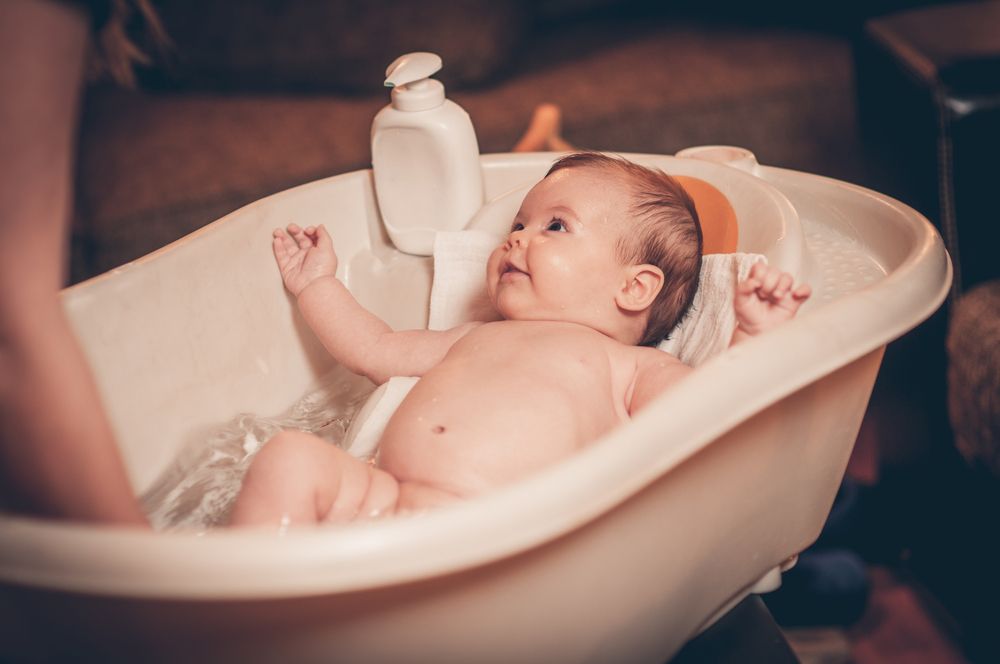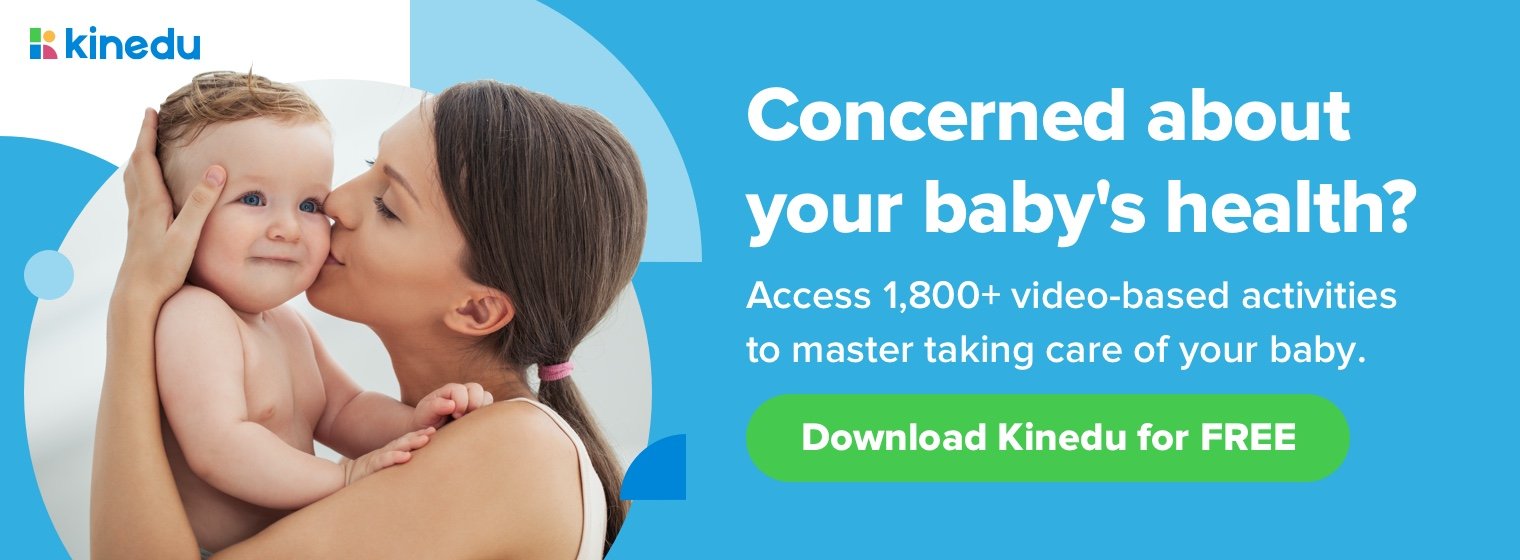Key points:
1. If your baby is starting to walk or shows signs of taking their first steps, you might wonder about baby shoes. During this stage, shoes are not necessary for learning to walk or foot strengthening.
2. When learning to walk indoors on safe surfaces, barefoot is beneficial for muscle strength and toe movement, aiding balance and coordination.
3. Babies often have flat feet or seem unsupported at this age, which is normal. Baby shoes won’t enhance walking but can be used outdoors or for protection.
4. In colder environments, choose shoes without cushioning, with room for toes, breathable lining, flexible non-slip soles, and a snug fit.
Bathing a newborn can be a tricky task at first. But don’t worry, we’ve got some tips for you that will help you master baby bath time in no time!
First of all, you should know that there is no need to bathe your little one every day; a bath 2-3 times a week is enough. Many experts agree that bathing your baby several times a week (3 or more times) can dry out their skin. If you notice that your baby’s skin is very dry, you can apply a fragrance-free, hypoallergenic moisturizing lotion right after bathing them.
At what time should I bathe my baby?
In terms of night or day, there is no specific time recommendation. However, you should try to select a time at which you are least likely to be interrupted. Some parents opt to do it during the day when their baby is ready and alert to enjoy the experience, while others prefer it at night because it can become a soothing bedtime routine. Whatever you prefer!
Baby bath time tips and supplies
Your baby’s first bath should be a sponge bath. The American Academy of Pediatrics recommends gentle sponge baths during the first few weeks (around the first or second week) until the umbilical cord stump falls off.
For your baby’s bath time, before you undress them, make sure you choose a warm room with a clean flat surface; it could be a bathroom, a kitchen counter, or the floor. Cover hard surfaces with a blanket or fluffy towel. If your baby is on a surface above the ground, use a safety strap or keep one hand on them at all times to make sure they don’t fall. Before you begin, make sure you have the essential supplies at hand:
- Soft blanket or towel – Spread it out for your baby to lie on.
- Plastic basin or sink – Run warm water into the basin or sink. Don’t use too much water, make sure it’s shallow. Check the water temperature to make sure it’s not too hot. You can check the water temperature with your arm.
- Other supplies: Washcloth, a towel, baby wipes, a clean diaper, and a change of clothes.
- * Safety –Always keep one hand on your baby and, if you are on a changing table, make sure you use a safety strap as well.
If you’ve forgotten something or you need to answer the phone or door during the bath, you must take your baby with you, so keep a dry towel within reach. Never leave your little one alone in the bath; even if it is just for a couple of minutes.
Remember to clean your baby’s face first, and then wash their body (move carefully around the umbilical cord if there’s still a stump). To clean their face, dip the corner of a washcloth or cotton ball into warm water, and gently wipe each eye from the inner to the outer corner. After the bath, newborns don’t need lotion; but if their skin is very dry, you can apply a few amounts of unscented baby moisturizer (in the dry areas only).
Bathing your baby is much more than just cleanliness. Baby bath time can be a lovely way to strengthen your bond, as well as a learning opportunity! Help them explore their senses by trickling water gently onto their belly –they will probably giggle with pleasure– or pour water near them to check if they are captivated by the sound or if they look at you with their wide-eyed gaze!








